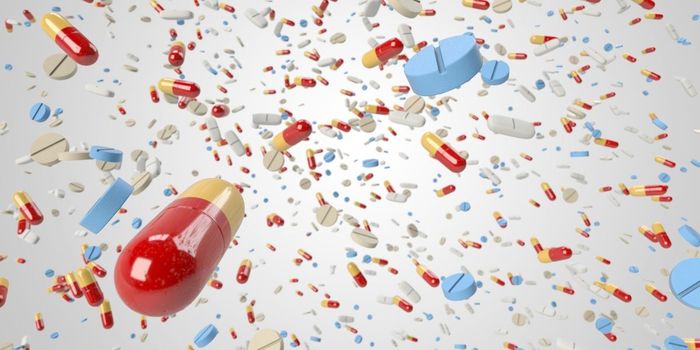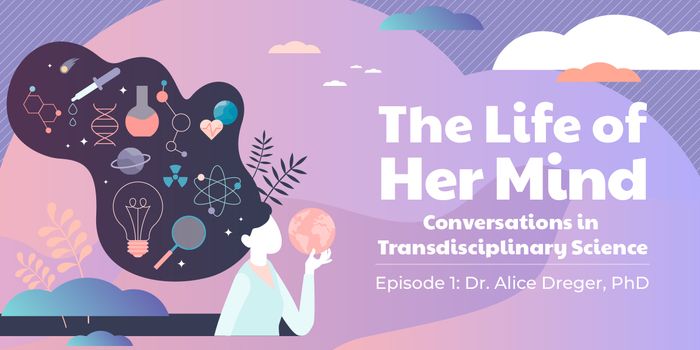About two years ago, a friend told me she was going on an ayahuasca retreat in Peru. She mentioned frog venom, shamans, and the hope of a life-changing experience - but, ultimately, I did not understand what she was talking about. Fast forward two years and I've been hearing about the drug more than ever. While it has been used for hundreds of years in South America, it has only recently gained traction in the U.S. as a mainstream hallucinogenic.
Ayahuasca is a brew made from psychotria viridis leaves and banisteriopsis caapi vines. The leaves contain DMT, which has a similar structure to the neurotransmitter serotonin. The vines inhibit your gut enzymes from deactivating the DMT, thus allowing the compound to travel within your blood stream.
Those who choose to drink ayahuasca often do so in order to reconcile with their thoughts and emotions. Many people report feeling more at ease with their emotions and thoughts; as well as having improved symptoms of depression, anxiety, and trauma disorders.
There isn't enough data on the drug to be considered safe or effective in treating mental illness. After drinking the brew, most experience violent retching and/or diarrhea. This is due to the brew's extreme acidity.
On a lighter note, unlike cocaine and alcohol, the drug does not create a tolerance.
Sources: ASAP Science via YouTube, ayahuasca.com, erowid.org








